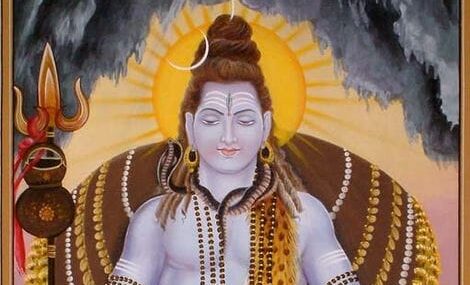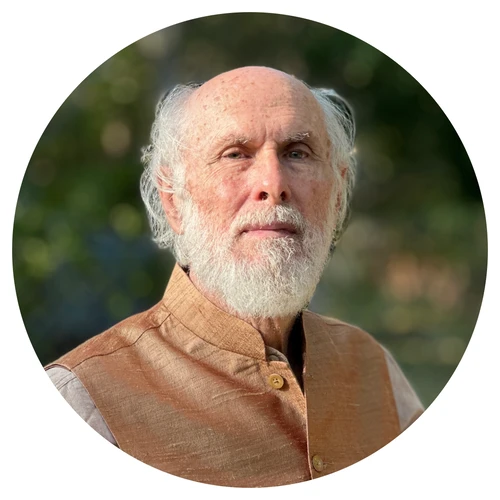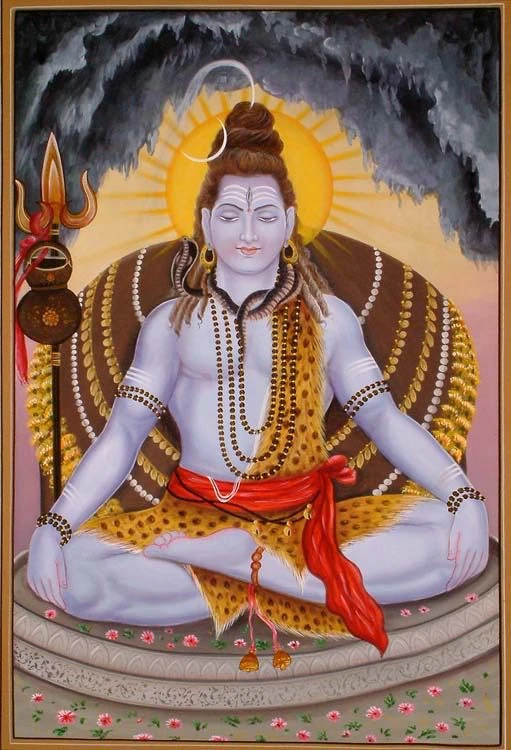

In this short video course, we explore the foundational wisdom of the Yoga Sutras of Patanjali, focusing on the first sixteen Sutras that define the essence and goal of Yoga. These opening Sutras establish the philosophical and experiential core of the text and serve as the key to understanding the remaining teachings. Without grasping their deeper meaning, the true purpose of the Yoga Sutras cannot be fully understood.
These sixteen Sutras explain what Yoga truly is, its ultimate goal of Kaivalya or realization of the Purusha, and its insight into the workings of the mind (chitta) on both gross and subtle levels. We examine what must be transcended to reach Self-realization, with close reference to the original Sanskrit and the specific meanings of core terms.
This course clarifies the real practice of Yoga (abhyasa), including the essential principles of viveka (discrimination between Self and not-Self) and vairagya (detachment from body, mind, and the external world). It is presented in clear, accessible language for students seeking a deeper and more authentic understanding of the Yoga Sutras and the inner science of consciousness they reveal.
This course provides a focused and in-depth study of the first sixteen Sutras of the Yoga Sutras of Patanjali. These Sutras define the essence, goal, and core practices of classical Yoga and offer the key to understanding the entire text. As condensed and cryptic aphorisms, they require experiential interpretation and proper guidance to reveal their deeper dimensions, particularly when viewed through the lens of the original Sanskrit and the Vedic tradition.
Without understanding these sixteen Sutras, one cannot grasp the true foundation or aim of the entire Yoga Sutras. These verses encapsulate the teaching in its essence, and without their insight, the rest of the text remains difficult to interpret correctly.
Although the Yoga Sutras are widely referenced, they are also often misunderstood. Most modern interpretations emphasize posture or external techniques, often overlooking the inner spiritual message that Patanjali conveys. In particular, the depth of Sanskrit terminology is frequently lost, with core concepts like Yoga, Samadhi, and Purusha reduced to superficial meanings far removed from their Vedic origins.
This course returns to those roots, placing the Sutras within the broader Vedic tradition drawn from the Rigveda, Upanishads, and Bhagavad Gita. Patanjali’s teachings are shown to be part of an ancient stream of Yogic wisdom, with Sri Krishna (Yogavatara, the Avatar of Yoga) as a key figure in this lineage. While the Sutras themselves are brief, they reflect a profound tradition that long predates the text itself. Patanjali does not explain this antecedent Vedic Yoga tradition in detail, as the Sutra format is inherently concise and not suited to expansive commentary. It is through traditional teachings and interpretation that their full scope is revealed.
You will come to understand terms such as Samadhi, Nirodha, Purusha, and Yoga in their true depth, as well as the real intent behind abhyasa (practice), viveka (discrimination), and vairagya (detachment). The Yoga presented here is not just philosophy or ritual, but a living path of consciousness that can guide your inner journey toward stillness, clarity, and liberation.

Dr. David Frawley (Pandit Vamadeva Shastri) has spent over five decades studying and teaching the Yoga Sutras, the Vedas, and the full spectrum of Vedic knowledge in the original Sanskrit. His interpretation is grounded in direct experience, deep scholarship, and transmission from great Yoga-Vedanta teachers and traditions.
This course draws upon his lifelong study of key texts including the Rigveda, Upanishads, Bhagavad Gita, Yoga Vasishtha, and schools of Vedanta, Tantra, and Samkhya. His work is influenced by great modern sages such as Ramana Maharshi, Ganapati Muni, Sivananda Murty, Sri Aurobindo, Sri Anirvan, Sri Anandamayi Ma, and Swami Veda Bharati.
Dr. Frawley presents Yoga not simply as a practice or philosophy but as a science of consciousness, a path to understand both the universe within and without. The Yoga Sutras, as taught here, become a living roadmap to your inner Self and unity with the Self-aware cosmos.

This course offers a gateway to the deeper meaning of Yoga, restoring the Yoga Sutras to their original purpose as a guide to Self-realization and inner transformation.
You will gain insight into the subtle workings of the mind, the real meaning of Samadhi, and the Yogic path beyond the body and senses.
These teachings help you approach Yoga not just as a practice, but as a science of consciousness.
Ideal for dedicated practitioners, teachers, and seekers, this course provides a timeless foundation for personal growth, inner clarity, and spiritual depth.
Sign up now to explore the first sixteen Sutras of Patanjali with Dr. David Frawley – uncovering their original meaning, spiritual significance, and transformative guidance.
Experience the Yoga Sutras as a living text that leads you beyond the mind and into the Self, where true awareness, peace, and freedom reside.
Unlock Ancient Wisdom
Important Pages
join our mailing list to learn about new events, articles and courses

Live Webinar with Dr. David Frawley

WITH DR. DAVID FRAWLEY

